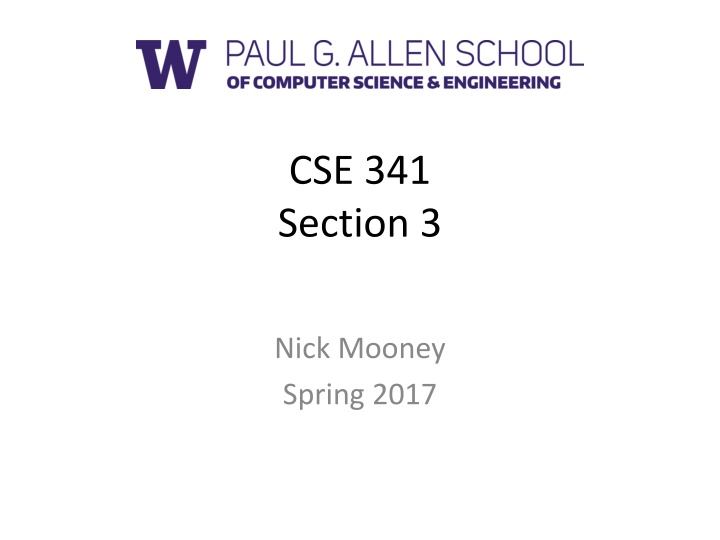
Higher-Order Functions in SML: Understanding Anonymous Functions and Standard Basis Documentation
Explore the concept of higher-order functions in Standard ML (SML), focusing on anonymous functions, standard basis documentation, and practical examples like map and filter. Learn how to utilize these functions effectively in SML programming.
Download Presentation

Please find below an Image/Link to download the presentation.
The content on the website is provided AS IS for your information and personal use only. It may not be sold, licensed, or shared on other websites without obtaining consent from the author. If you encounter any issues during the download, it is possible that the publisher has removed the file from their server.
You are allowed to download the files provided on this website for personal or commercial use, subject to the condition that they are used lawfully. All files are the property of their respective owners.
The content on the website is provided AS IS for your information and personal use only. It may not be sold, licensed, or shared on other websites without obtaining consent from the author.
E N D
Presentation Transcript
CSE 341 Section 3 Nick Mooney Spring 2017
Agenda 1. SML Docs Standard Basis 2. First-Class Functions Anonymous Some style tips Higher-Order 3. Examples
Standard Basis Documentation Online Documentation http://www.standardml.org/Basis/index.html http://www.smlnj.org/doc/smlnj-lib/Manual/toc.html Helpful Subset Top-Level List ListPair Real String http://www.standardml.org/Basis/top-level-chapter.html http://www.standardml.org/Basis/list.html http://www.standardml.org/Basis/list-pair.html http://www.standardml.org/Basis/real.html http://www.standardml.org/Basis/string.html
Anonymous Functions An Anonymous Function fn pattern => expression An expression that creates a new function with no name. Usually used as an argument to a higher-order function. Almost equivalent to the following: let fun name pattern = expression in name end The difference is that anonymous functions cannot be recursive!!!
Anonymous Functions What's the difference between the following two bindings? val name = fn pattern => expression; fun name pattern = expression; Once again, the difference is recursion. However, excluding recursion, a fun binding could just be syntactic sugar for a val binding and an anonymous function. This is because there are no recursive val bindings in SML.
Unnecessary Function Wrapping What's the difference between the following two expressions? (fn xs => tl xs) tl vs. Let s look at another example we re familiar with (if ex then true else false) ex vs. Other than style, these two expressions result in the exact same thing. However, one creates an unnecessary function to wrap tl. Style points, blah blah do it because it s nice, not for the points
Higher-Order Functions A function that returns a function or takes a function as an argument. Two Canonical Examples map : ('a -> 'b) * 'a list -> 'b list Applies a function to every element of a list and return a list of the resulting values. Example: map (fn x => x*3, [1,2,3]) === [3,6,9] filter : ('a -> bool) * 'a list -> 'a list Returns the list of elements from the original list that, when a predicate function is applied, result in true. Example: filter (fn x => x>2, [~5,3,2,5]) === [3,5] Note: List.map and List.filter are similarly defined in SML but use currying. We'll cover these later in the course.
Broader Idea Functions are Awesome! SML functions can be passed around like any other value. They can be passed as function arguments, returned, and even stored in data structures or variables. Functions like map are very pervasive in functional languages. A function like map can even be written for other data structures such as trees.
